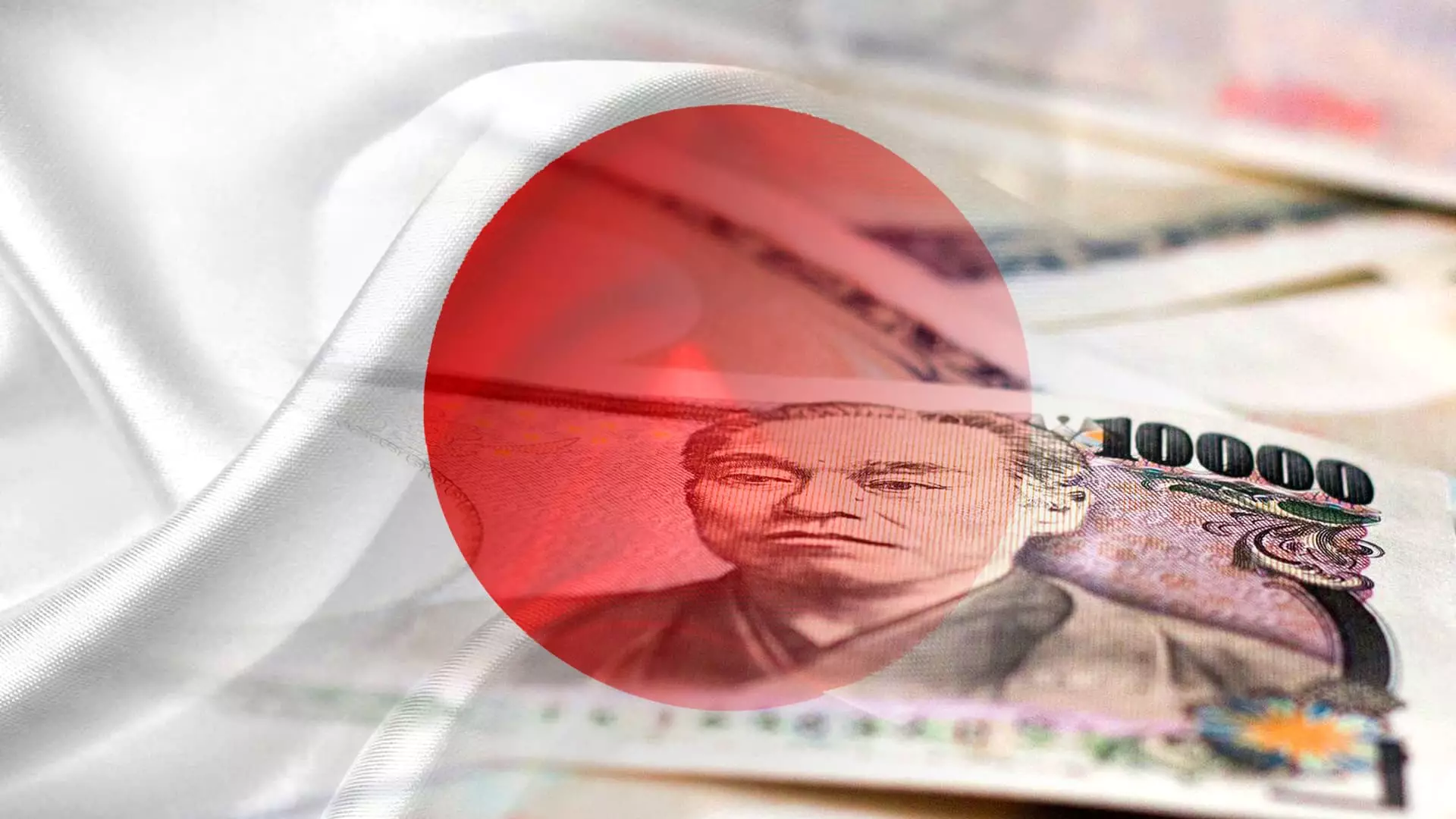Japan’s central bank, known as the Bank of Japan (BOJ), made a significant move on Tuesday by raising interest rates for the first time since 2007. This decision marked the end of the world’s only negative rates regime and signaled a shift in its monetary policy. The BOJ raised its short-term interest rates to around 0% to 0.1% from the previous -0.1%, indicating a departure from the negative rates strategy that had been in place since 2016.
In addition to raising interest rates, the BOJ also announced the abolition of its radical yield curve control policy for Japanese sovereign bonds. This policy, which targeted longer-term interest rates by buying and selling bonds as needed, has been eliminated. The central bank, however, stated that it would continue purchasing government bonds at a similar rate as before, approximately 6 trillion yen per month.
Changes in Asset Purchase Strategy
The BOJ revealed its intention to scale back its asset purchases and quantitative easing measures. It announced that it would cease buying exchange-traded funds and Japan real estate investment trusts (J-REITS). Moreover, the central bank pledged to gradually reduce its purchases of commercial paper and corporate bonds, with the goal of discontinuing these practices within about a year. These adjustments represent a significant pullback from one of the most aggressive monetary easing efforts globally, aimed at combatting deflation in the Japanese economy.
Market Reaction and Economic Outlook
Following the BOJ’s decision to raise interest rates and revise its asset purchase strategy, the Japanese yen weakened against the US dollar, and the Nikkei stock index experienced fluctuations. Yields on Japanese government bonds also decreased in response to the central bank’s announcements. The financial markets had been anticipating these changes, especially in light of preliminary wage negotiation results and local news reports that suggested the BOJ might normalize rates sooner than expected.
One of the key factors influencing the BOJ’s decision to adjust its monetary policy was the sustained increase in “core core inflation,” which excludes food and energy prices, above its 2% target for an extended period. Policymakers cited wage gains as a critical element in achieving sustainable price increases. The ongoing wage negotiations between Japanese companies and labor unions, known as “shunto,” have shown promising results, with a weighted average 3.7% increase in base pay reported. This spike in wages is expected to contribute to a virtuous cycle where higher salaries lead to increased domestic demand and, subsequently, inflation.
Long-Term Economic Stability
The BOJ believes that the gradual shift in its monetary policy, coupled with the anticipated wage increases, will contribute to greater price stability and economic growth. As the central bank aims to achieve its price stability target by 2024, it remains focused on fostering a sustainable and stable economic environment. By monitoring wage trends, inflation rates, and market developments, the BOJ seeks to ensure long-term economic stability in Japan.
The decision by the Bank of Japan to raise interest rates and recalibrate its asset purchase strategy marks a significant turning point in the country’s monetary policy. By prioritizing wage increases, inflation, and economic stability, the central bank is taking proactive steps to steer the Japanese economy towards sustained growth and recovery.


Leave a Reply